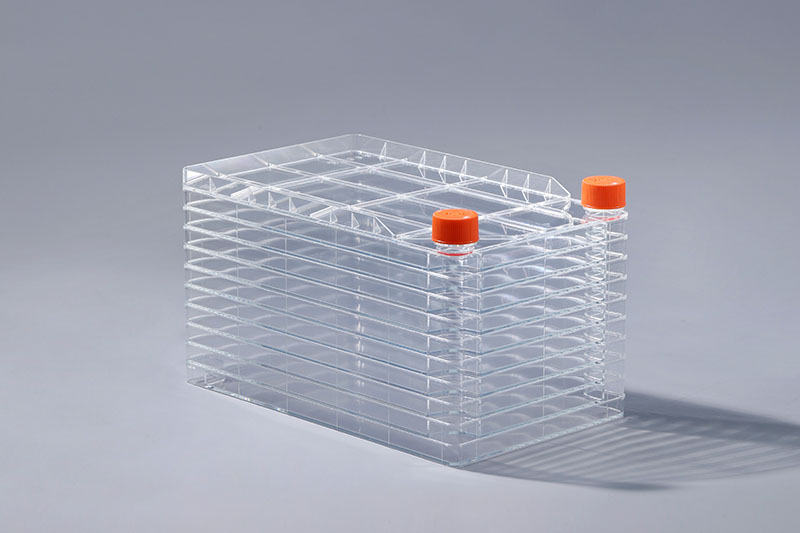Cytotoxicity is a purely cell-killing event caused by cells or chemicals that does not rely on apoptosis or necrosis as a cell death mechanism. Through this test, it can be judged whether the raw materials of the cell factory contain substances that are not conducive to cell growth.
Cytotoxicity is the effect of chemical substances (drugs) on the basic structure and/or physiological process of cells, such as cell membrane or cytoskeleton structure, cell metabolism process, synthesis, degradation or release of cell components or products, ion regulation and cell division and other processes , leading to disorders of cell survival, proliferation and/or function, resulting in adverse reactions. Generally, testing whether a cell factory is cytotoxic can be done by the following methods:
1. MTT and XTT methods: using the activity of enzymes inside the mitochondria, specific tetrazolium salts can be converted, and then detected by a microplate reader;
2. LDH method: cytotoxicity is detected by detecting the enzyme activity of LDH in the cell culture supernatant;
3. Other enzymatic methods: such as detecting the activities of alkaline phosphatase and acid phosphatase in the supernatant;
4. Cell Proliferation Analysis Kit: Normal cells have vigorous metabolism, and succinate dehydrogenase in their mitochondria can reduce tetrazolium salts (such as MTT, XTT, WST-1, etc.) to purple crystalline substances , deposited around the cells, and then read the OD value by a microplate reader to detect the cell proliferation state.
5. Detection of cell viability by fluorescein luminescence method: Adenylate kinase (AK) exists in the cytoplasm of all eukaryotic and prokaryotic cells, and AK can activate ADP to generate ATP. When cells are damaged, the cell membrane is damaged and AK is released into the culture supernatant. The kit uses luciferase and luciferin to emit light under the action of ATP, and can be quantitatively detected by a chemiluminescence instrument.
Testing whether a cell factory has cytotoxicity can be carried out in several ways, and this test is also one of the routine testing items to ensure the quality of cell culture consumables.
The FAI climbed 5.9 percent year-on-year in the first 11 months of 2018, quickening from the 5.7-percent growth in Jan-Oct, the National Bureau of Statistics (NBS) said Friday in an online statement.
The key indicator of investment, dubbed a major growth driver, hit the bottom in August and has since started to rebound steadily.
In the face of emerging economic challenges home and abroad, China has stepped up efforts to stabilize investment, in particular rolling out measures to motivate private investors and channel funds into infrastructure.
Friday's data showed private investment, accounting for more than 60 percent of the total FAI, expanded by a brisk 8.7 percent.
NBS spokesperson Mao Shengyong said funds into weak economic links registered rapid increases as investment in environmental protection and agriculture jumped 42 percent and 12.5 percent respectively, much faster than the average.
In breakdown, investment in high-tech and equipment manufacturing remained vigorous with 16.1-percent and 11.6-percent increases respectively in the first 11 months. Infrastructure investment gained 3.7 percent, staying flat. Investment in property development rose 9.7 percent, also unchanged.
 English
English



















































